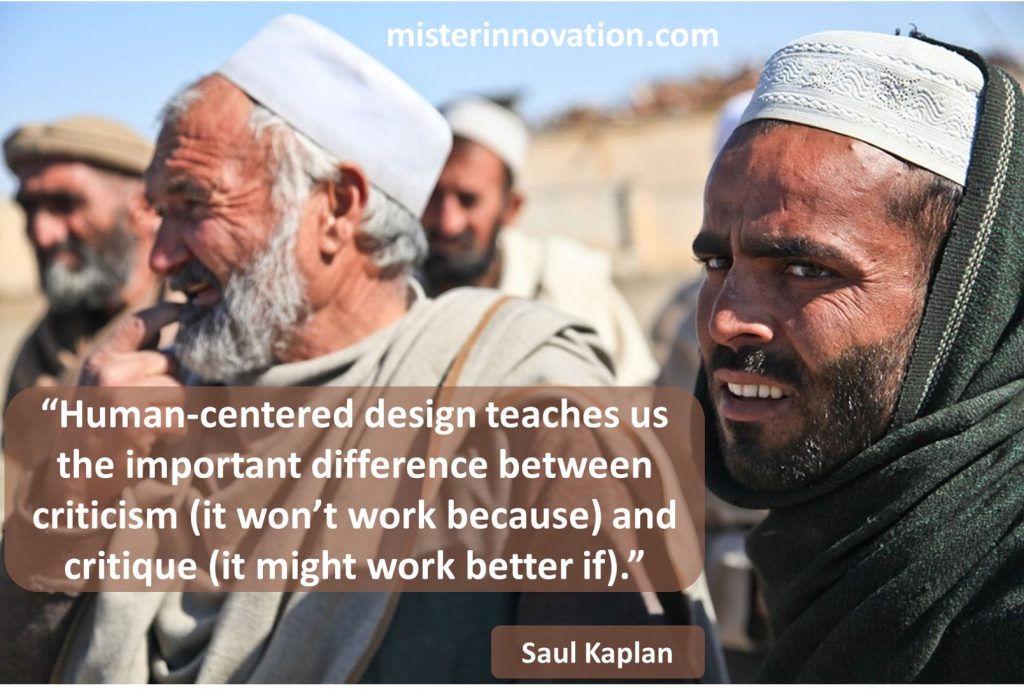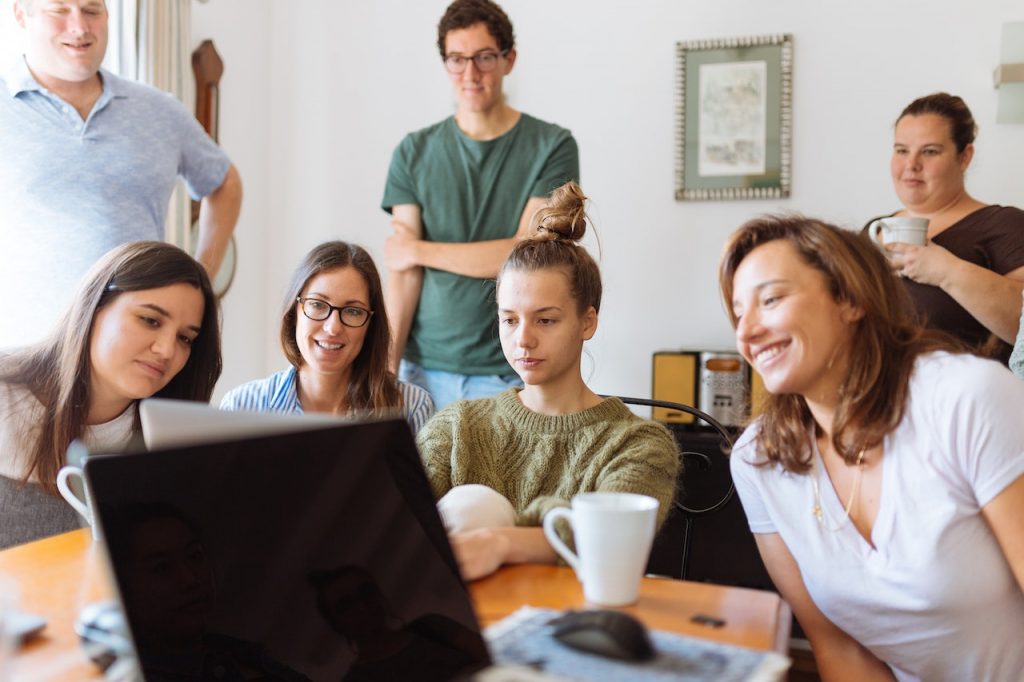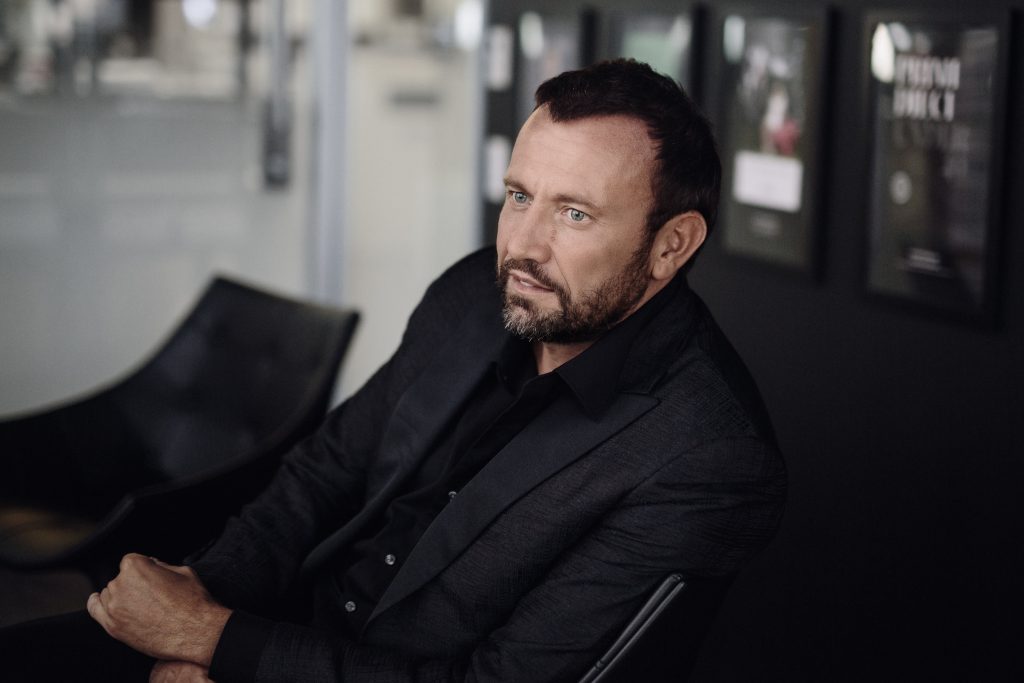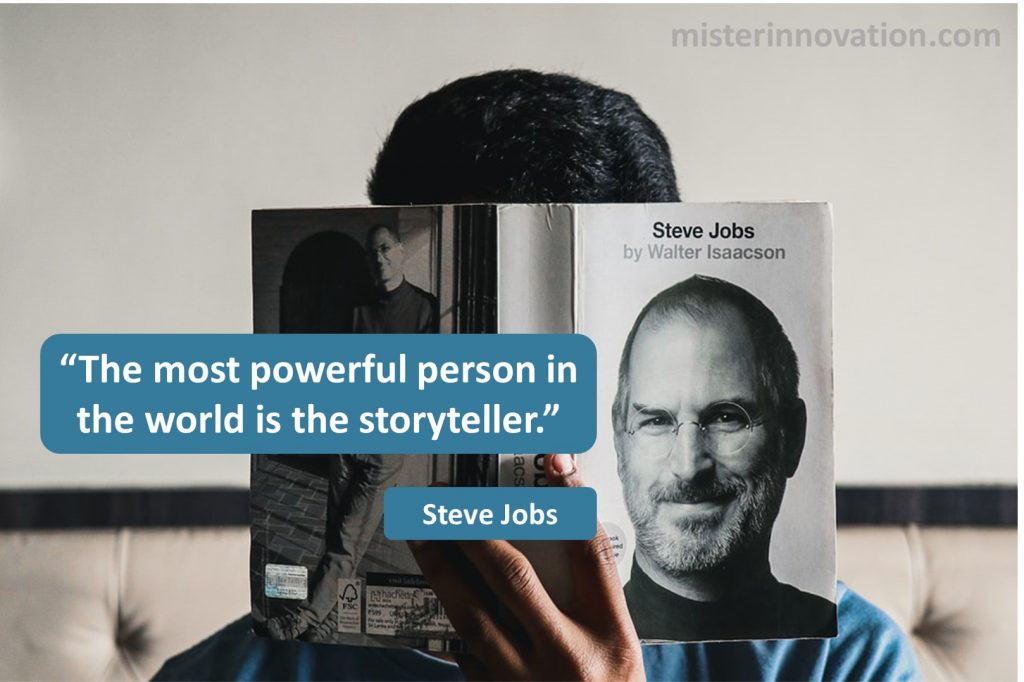Smart Cities and Sustainable Infrastructure

GUEST POST from Chateau G Pato
As the world population continues to urbanize at an unprecedented rate, cities are faced with the pressing need to redefine urban development strategies. To meet the demands of growing populations, smart cities and sustainable infrastructure offer innovative solutions that can optimize resources, enhance livability, and mitigate environmental impacts. This article explores the paradigm shift towards smart cities and highlights two impactful case studies that showcase the successful implementation of sustainable infrastructure practices.
Case Study 1: Singapore’s Smart Nation Initiative:
Singapore, a leading global city, has embraced smart city technologies and sustainable infrastructure to address its unique challenges. The city-state’s Smart Nation Initiative leverages advanced technologies and strong governance to enhance urban livability and efficiency. Key projects, such as the Smart Traffic Lights system and Smart Nation Sensor Platform, demonstrate the integration of data and technology to optimize urban mobility and resource utilization.
One notable achievement is the “Smart Traffic Lights” project, where data analytics and real-time sensors have been deployed to dynamically control traffic lights based on traffic patterns. This has resulted in significant reductions in congestion, travel times, and carbon emissions. Singapore’s holistic approach to urban development combines smart mobility, low-energy buildings, and eco-friendly infrastructure, making it a remarkable case study.
Case Study 2: Barcelona’s Superblocks:
Barcelona, Spain, has pioneered the concept of “superblocks” to transform the urban landscape and prioritize sustainable modes of transportation. Superblocks involve transforming selected neighborhoods by restricting vehicle movement and creating pedestrianized areas, green spaces, and cycle lanes. This approach aims to reduce air pollution, noise levels, and traffic congestion while encouraging active mobility.
The Poblenou Superblock project demonstrates the transformative impact of this approach. By re-imagining the city grid, reclaiming street spaces for pedestrians and cyclists, and promoting mixed land-use development, Poblenou has become a thriving, sustainable neighborhood. The project showcases how urban redevelopment can create vibrant communities that prioritize public spaces, active transport, and social interaction.
The Benefits of Smart Cities and Sustainable Infrastructure:
1. Enhanced Quality of Life: Smart cities provide residents with improved access to essential services, efficient transportation systems, and connected infrastructure, resulting in enhanced quality of life.
2. Efficient Resource Utilization: Sustainable infrastructure optimizes energy consumption, reduces waste, and promotes the use of renewable energy sources, leading to greater resource efficiency and resilience.
3. Environmental Sustainability: By leveraging data analytics and internet of things (IoT) technologies, smart cities generate actionable insights to tackle environmental challenges, promoting sustainable practices and reducing carbon footprints.
Conclusion
The implementation of smart city technologies and sustainable infrastructure is revolutionizing urban development around the globe. The case studies of Singapore’s Smart Nation Initiative and Barcelona’s Superblocks exemplify the successful integration of technology, data, and sustainable principles to create livable and prosperous cities. As urbanization continues to accelerate, it is imperative that cities rethink their development strategies to build smart, sustainable, and inclusive future communities. Through concerted efforts and innovative approaches, cities can ensure a high quality of life for their inhabitants while preserving resources for generations to come.
Bottom line: Futurology is not fortune telling. Futurists use a scientific approach to create their deliverables, but a methodology and tools like those in FutureHacking™ can empower anyone to engage in futurology themselves.
Image credit: Pexels
![]() Sign up here to get Human-Centered Change & Innovation Weekly delivered to your inbox every week.
Sign up here to get Human-Centered Change & Innovation Weekly delivered to your inbox every week.







